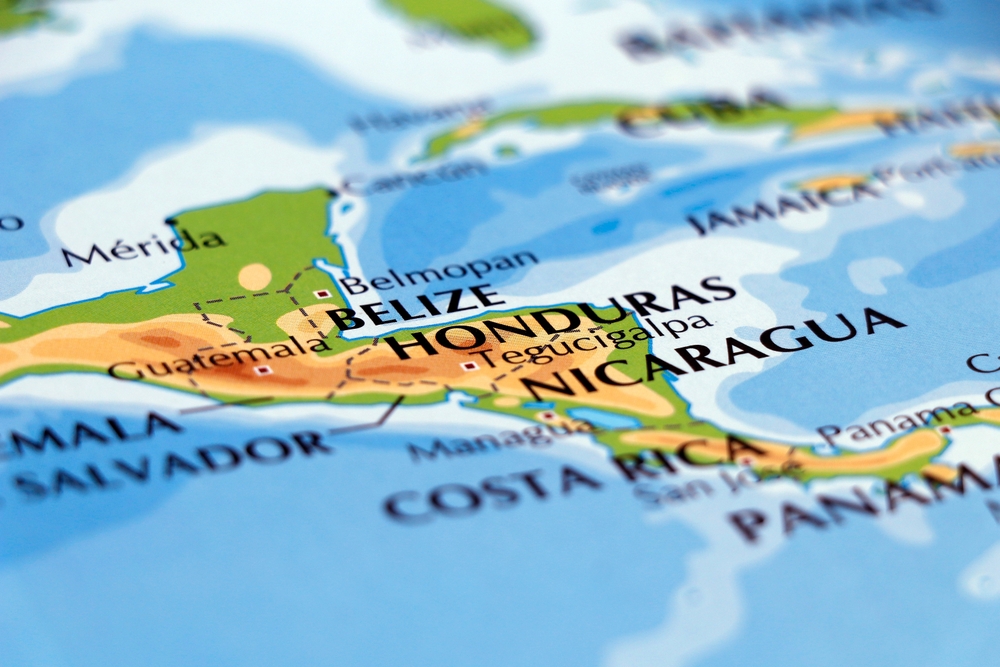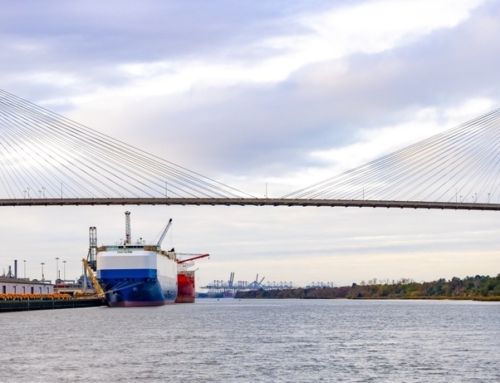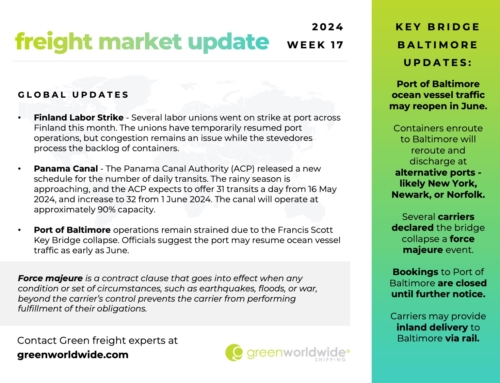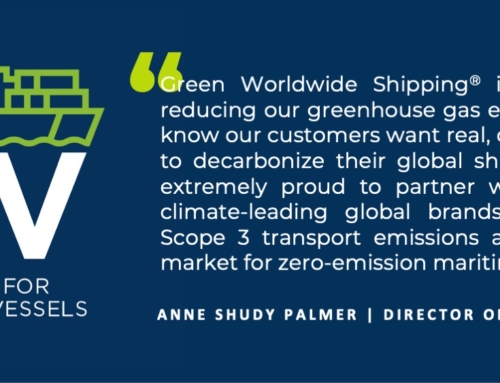DRY CANALS PROVIDE OPTIONS
Central American dry canals have emerged as alternatives to the Panama Canal, offering potential new options for global shipping. These projects, characterized by high-capacity rail connections or highway corridors linking the Pacific Ocean to the Caribbean Sea, will contribute to the diversification of maritime routes. Increased shipping demand, congestion at the Panama Canal, and high risks associated with traversing the Suez Canal are prompting development of dry canals in this region.
Unlike trans-oceanic canal projects that can take a decade or more to complete, dry canals offer a quicker alternative, with construction times estimated to take fewer than five years.
Dry canals operate similarly to traditional trans-oceanic canals. However, freight must first be transloaded off the ocean vessel and onto trucks or rail for transit across land to another port, where it is transloaded back onto an awaiting ocean vessel. Dry canals may reduce shipping costs and minimize transit times compared to traditional ocean shipping routes.
CENTRAL AMERICAN DRY CANALS
Proposed Central American dry canal projects include:
The Isthmus of Tehuantepec, represents the shortest distance between the Gulf of Mexico and the Pacific Ocean. Previously used as a dry canal, the rail route connecting the ports of Coatzacoalcos and Salina Cruz is still operational, discussions are ongoing about reopening this option as a logistics corridor.
Guatemala is pursuing a 231-mile double-track rail project, including a highway, linking two greenfield ports on the Atlantic and Caribbean coasts.
Honduras is pursuing a dry canal project to connect Amapala island in the Pacific with Puerto Castilla, a container port on the Caribbean, with a proposed sub-branch in El Salvador that will connect to the port of La Union.
The Panama Canal Railway is the only operational dry canal that handles an annual volume exceeding 450,000 TEUs. It serves as a vital means to reposition containers between the Caribbean and Pacific sides of the Canal.
Colombia is developing a 137-mile rail link that will connect greenfield ports on the Pacific and Atlantic coasts.
Stay up-to-date on freight news with Green’s Weekly Freight Market Update by following us on Facebook, Instagram, and LinkedIn. For continuous updates, check out our website at greenworldwide.com.






